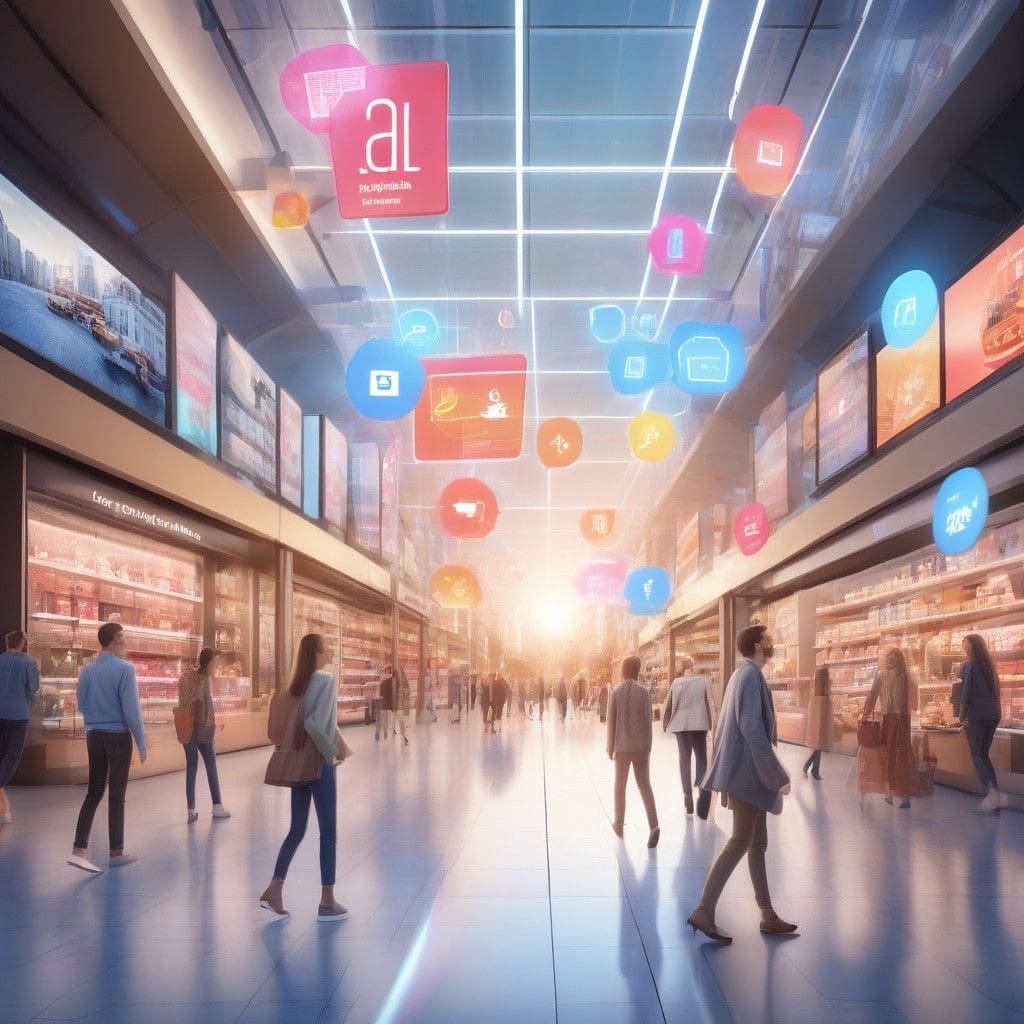In a significant move towards enhancing user experience, Google is set to introduce AI-powered features to its Shopping tab. This initiative aims to revolutionize how consumers search for and discover products online, providing a more tailored shopping experience. With the increasing integration of artificial intelligence across various platforms, this development underscores the importance of personalization in e-commerce.
The enhancement builds upon Google’s earlier integration of generative AI into its Search functionalities last year. The new Shopping tab will feature a personalized feed of shoppable products, integrating a design theme comparable to popular social media platforms like TikTok. This shift is not merely aesthetic; it reflects a strategic initiative by Google to keep pace with evolving consumer behavior and preferences in the digital marketplace.
Upon entering a query, users will encounter an AI-generated brief that provides insights and recommendations relevant to their search intent. For instance, if a user searches for “men’s winter jacket for Seattle,” the AI might advise prioritization of water resistance due to Seattle’s rainy climate while also suggesting insulation types apt for the region’s milder temperatures. This level of personalization not only aids customers in making informed decisions but also enhances their overall shopping experience by saving time and effort.
The functionality will be further enriched with recommendations for relevant products, each accompanied by concise descriptions highlighting their benefits and suitability. For example, should a shopper express interest in “Synthetic insulated winter jackets for Seattle,” they will be able to refine their searches using filters that allow for specific sizes and local availability.
With its new personalized shopping feed, Google plans to showcase products and video content tailored to individual user preferences. The ambition is clear: to present items in a manner that captivates and engages users, akin to browsing through social media feeds. Videos offering shopping tips, for instance, will accompany display items such as Chelsea boots, effectively blending product recommendations with visually engaging content.
This strategic pivot also positions Google to better compete against emerging rivals like TikTok, which has adeptly merged social media with e-commerce functionalities. As TikTok has gained traction among younger shoppers, Google recognizes the necessity to adapt and innovate to retain their share in the competitive e-commerce landscape.
The rollout of these advanced features is set to take place in the United States over the coming weeks. This initiative leverages Google’s Shopping Graph, combined with the sophisticated capabilities of its Gemini models, to amplify the user experience. The Shopping Graph is a product database that supplies detailed information about products across the web, while Gemini represents Google’s next-generation AI technology that is anticipated to enhance query understanding and response accuracy.
Moreover, the use of AI in online shopping aligns seamlessly with evolving consumer expectations. Today’s shoppers are not only looking for products; they crave an experience that caters to their individual tastes and needs. By integrating AI solutions, Google is taking a proactive step in meeting these demands, ensuring that their platform remains relevant and appealing to consumers.
In conclusion, as Google integrates AI-driven updates into its Shopping tab, it sets a precedent for how e-commerce might evolve. The ability to deliver personalized product recommendations based on individual user inputs reflects a growing trend toward customized shopping experiences. This not only makes the shopping process more efficient for consumers but also positions Google as a leader in innovating online sales technology.
As we observe these enhancements unfold, it is crucial for businesses to keep an eye on how such developments will impact consumer behavior and expectations. Businesses that integrate similar technologies to enhance customer experience may find themselves better positioned in an increasingly competitive market.












